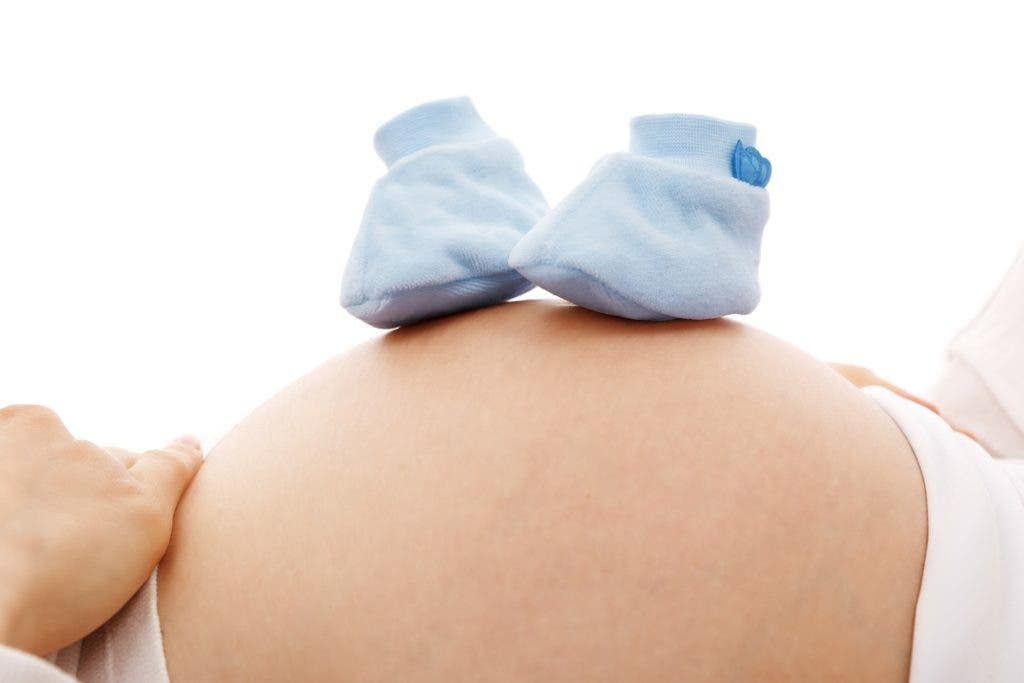Researchers at the Ann & Robert H. Lurie Children’s Hospital of Chicago are paving the way towards 3-D printed artificial ovaries.
The team identified and mapped the locations of structural proteins in a pig ovary, and plan to use the data to develop a new ink that can be printed into a fully-functioning bio-prosthetic ovary.

“We are one step closer to restoring fertility and hormone production in young women who survive childhood cancer but enter early menopause as a late effect. There are still several steps to go and we are excited to test our new inks,” says senior author Dr. Monica Laronda, Assistant Professor of Pediatrics at Northwestern University Feinberg School of Medicine and the Director of the hospital’s Basic and Translational Research, Fertility & Hormone Preservation & Restoration Program.
We should all have the chance to decide for ourselves whether to become a parent or not. However, this choice is denied to many through chance or medical necessity. But what’s science for, if not to persuade the hand of fate towards a gentler course?
Dr. Laronda and three of her colleagues received a patent for the creation of an artificial ovary in November of 2019, after 3-D printing one and implanting it in a sterile mouse. The mouse later went on to become pregnant and give birth to a litter of live pups.
For the present study, the team looked at the structure of pig ovaries, including their extracellular matrix (ECM) and associated proteins. This step allowed them to identify the different expression levels of 42 known matrisomes (i.e. proteins associated with the ECM), and to identify 11 previously-unknown such proteins. These matrisomes act as “scaffold proteins” for the ovary, the team explains, and as such can act as the base material for 3-D printing the organ.
Unlike their previous research focused on mice, the current study has a lot more relevance for us. “The structural proteins from a pig ovary are the same type of proteins found in humans,” Dr. Laronda explains, meaning that their findings can contribute directly to applications with human patients. Premature ovarian insufficiency (POI), or early menopause affects approximately 1 in 6 female cancer survivors as an unintentional result of treatment. In the US alone, roughly 11,000 cases of cancer in children aged 0 to 14 are reported each year, the team adds, leading to an estimated 1,800 new cases of gonadal (reproductive) insufficiency per year.
“We have developed a pipeline for identifying and mapping scaffold proteins at the organ level,” she adds. “It is the first time that this has been accomplished and we hope it will spur further research into the microenvironment of other organs.”
“This is a huge step forward for girls who undergo fertility-damaging cancer treatments.”
The approach used by the team for this study can be applied to identify and map structural proteins in other organs as well, the authors explain. Other fully-functional, 3-D printed organs fit for human use might thus soon be in the works as well.
The paper “Proteomic analyses of decellularized porcine ovaries identified new matrisome proteins and spatial differences across and within ovarian compartments” has been published in the journal Scientific Reports.


